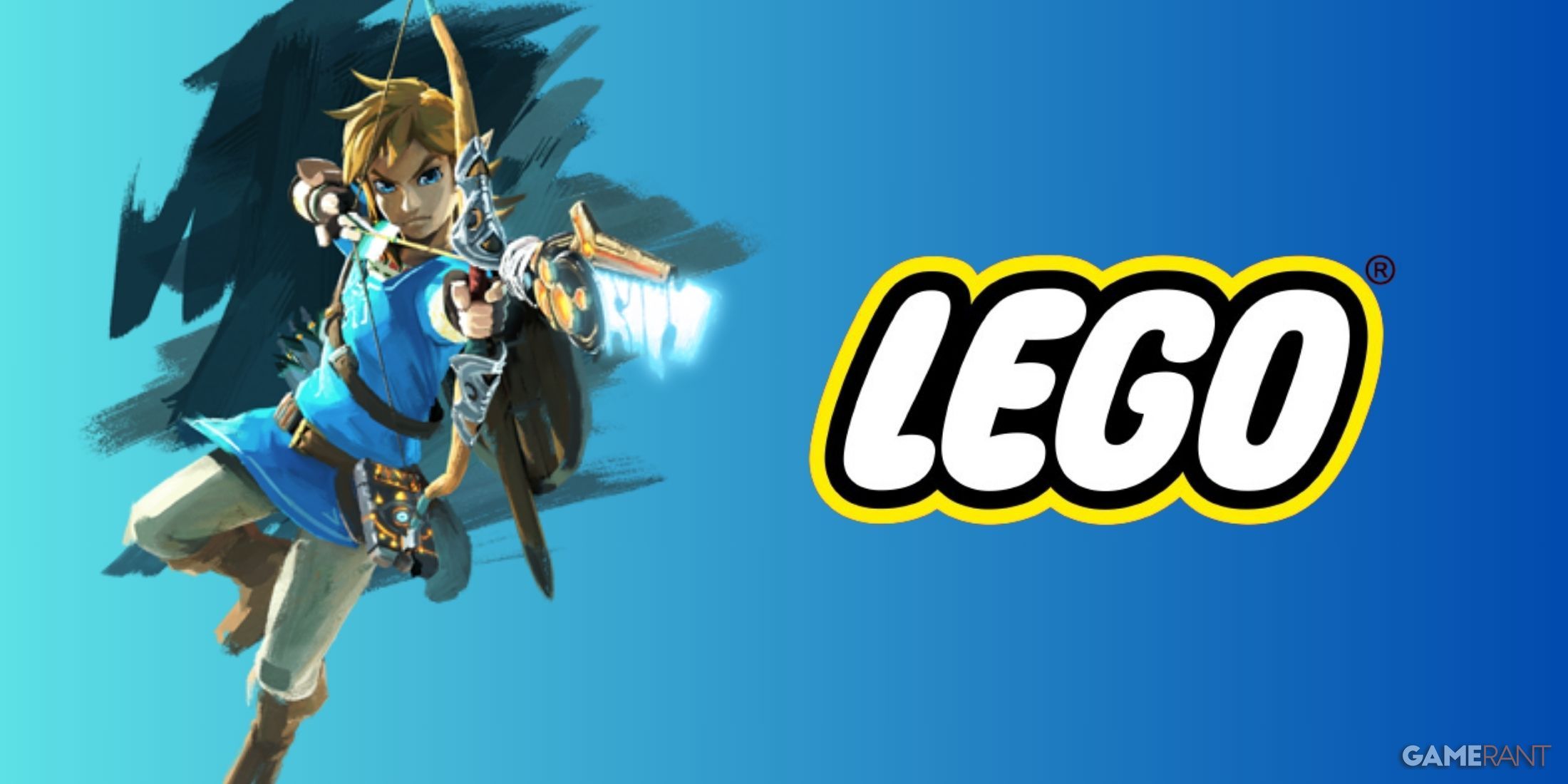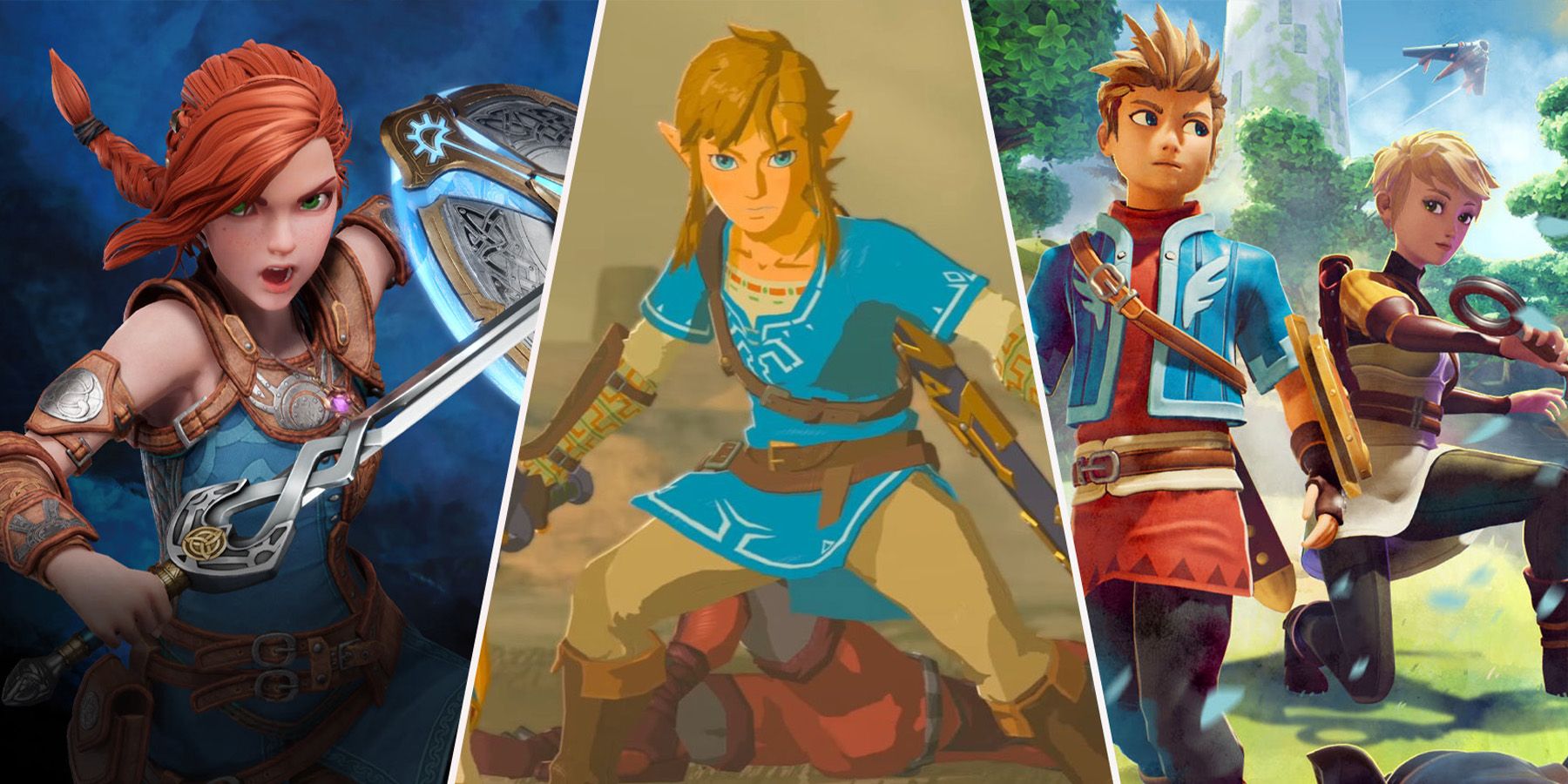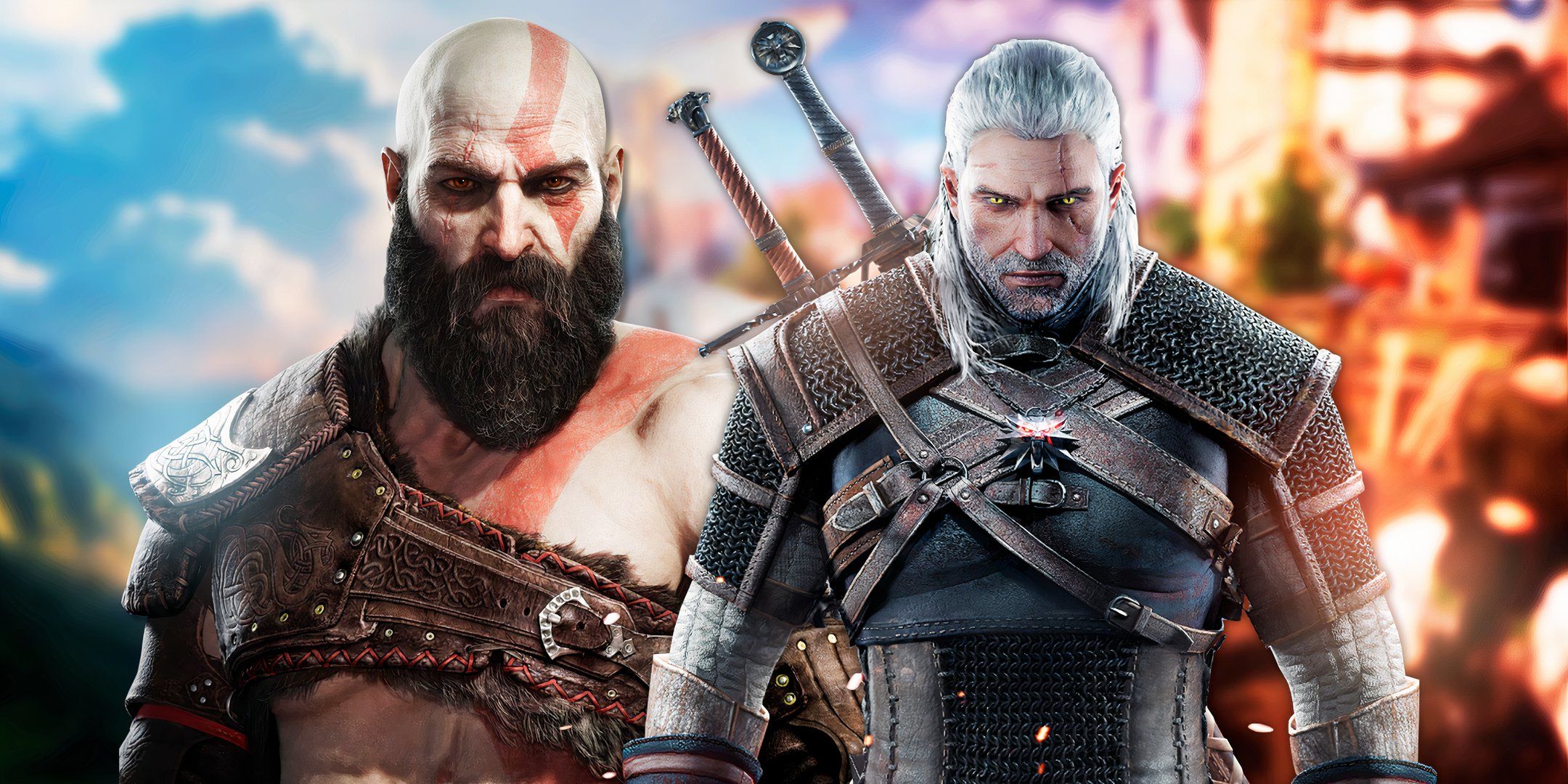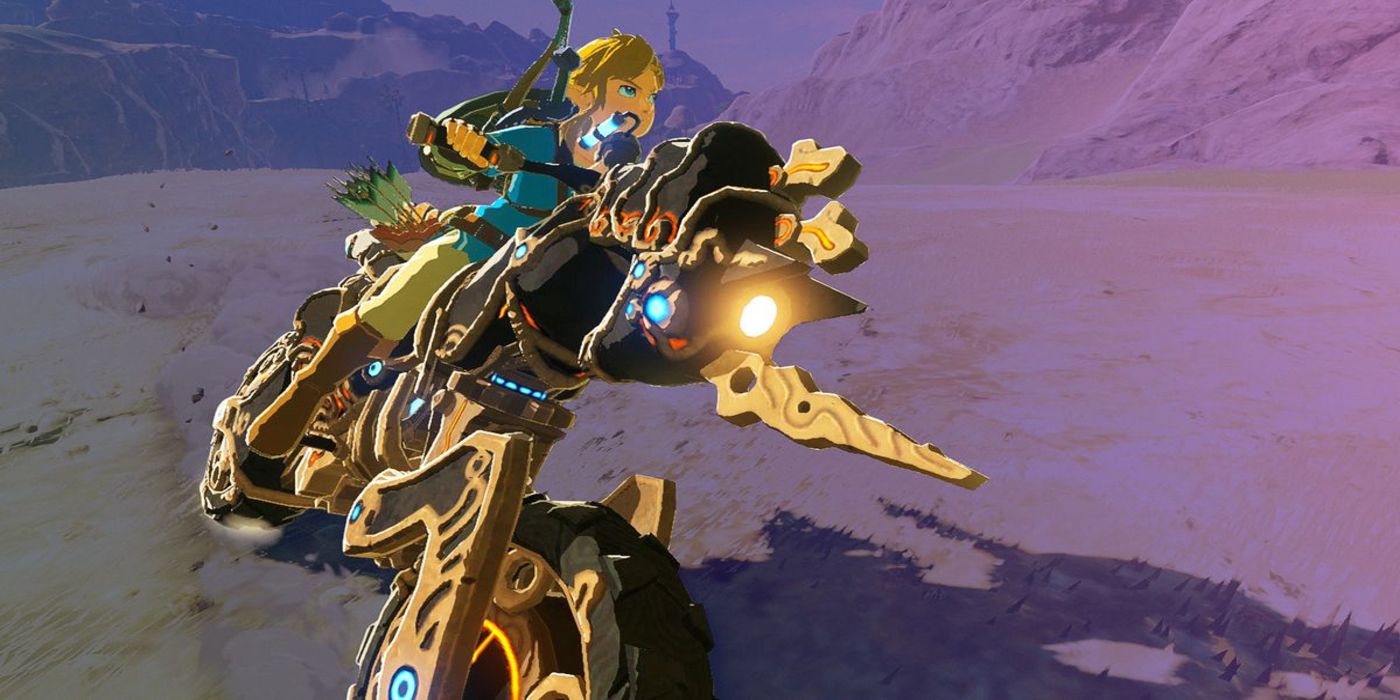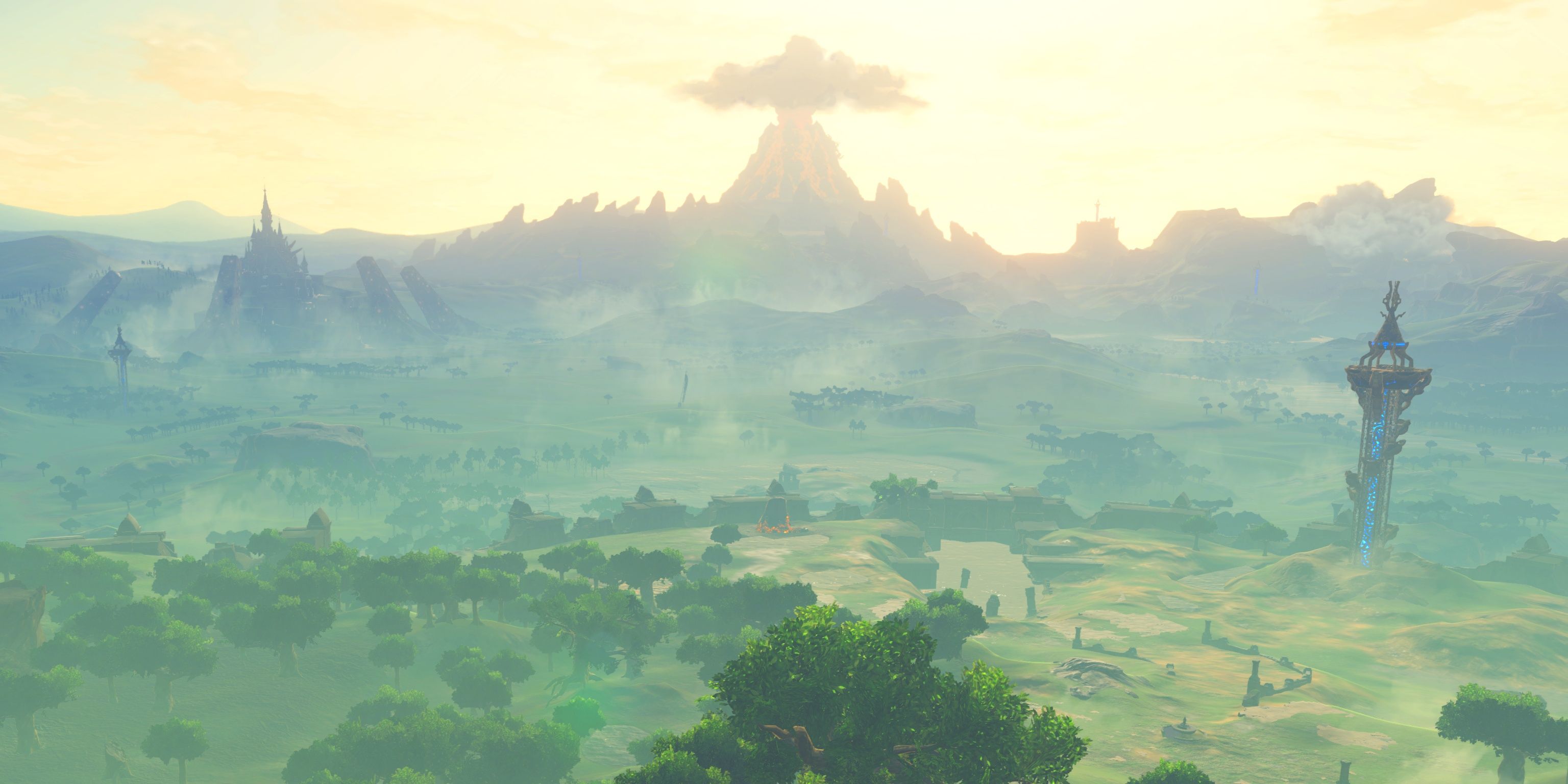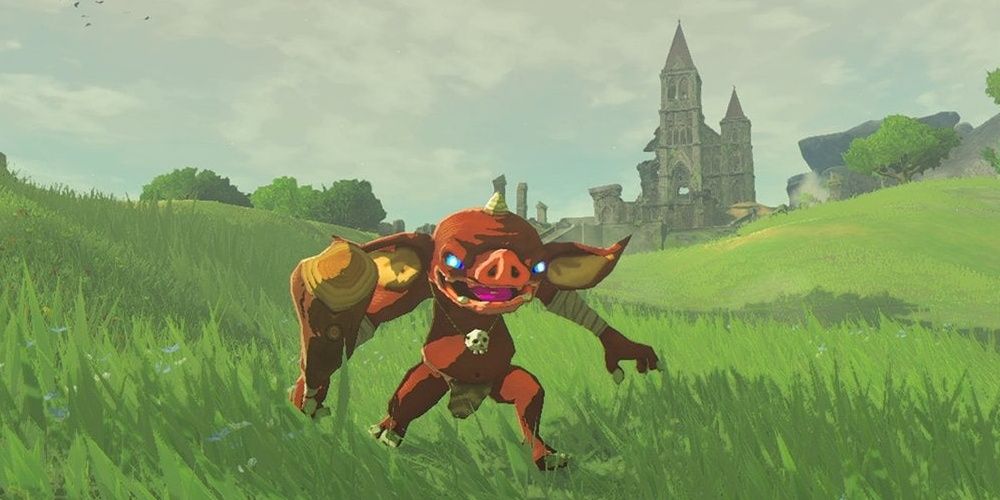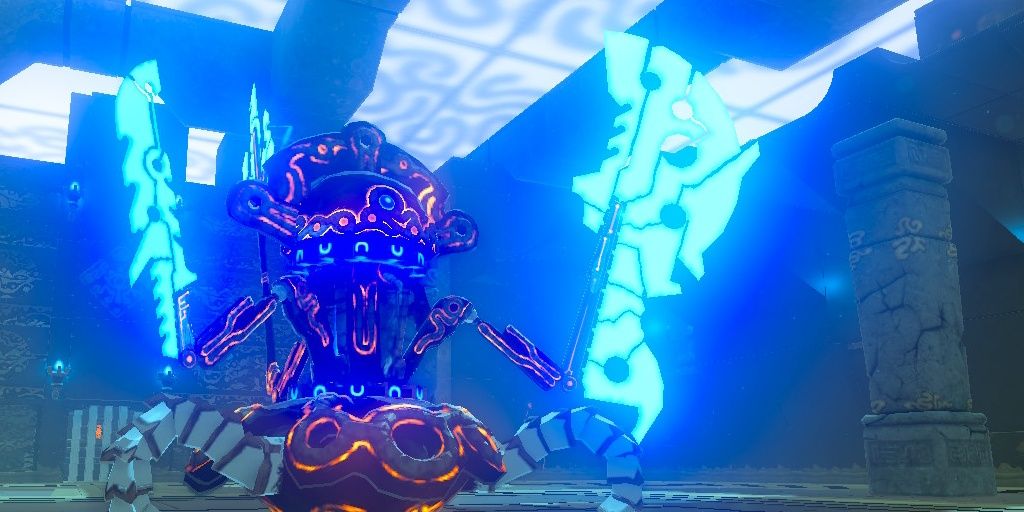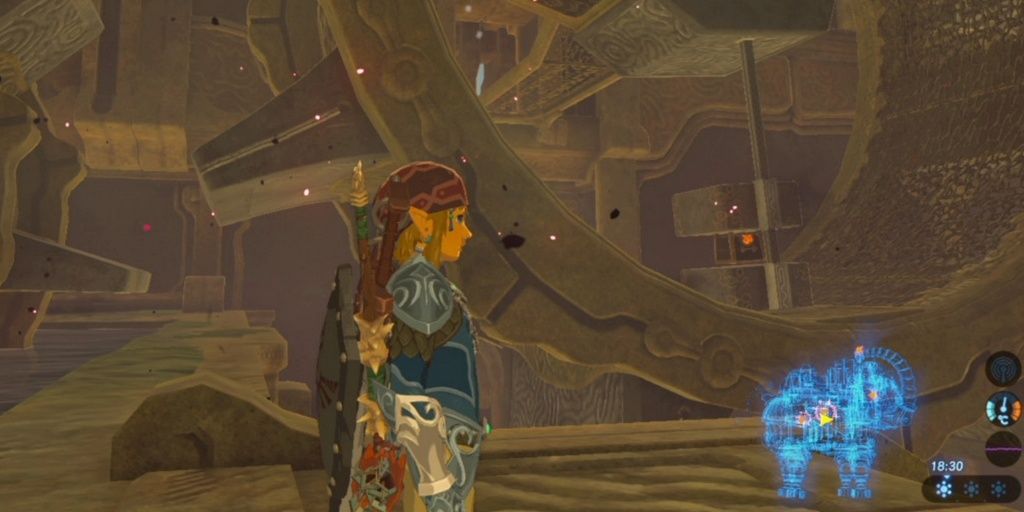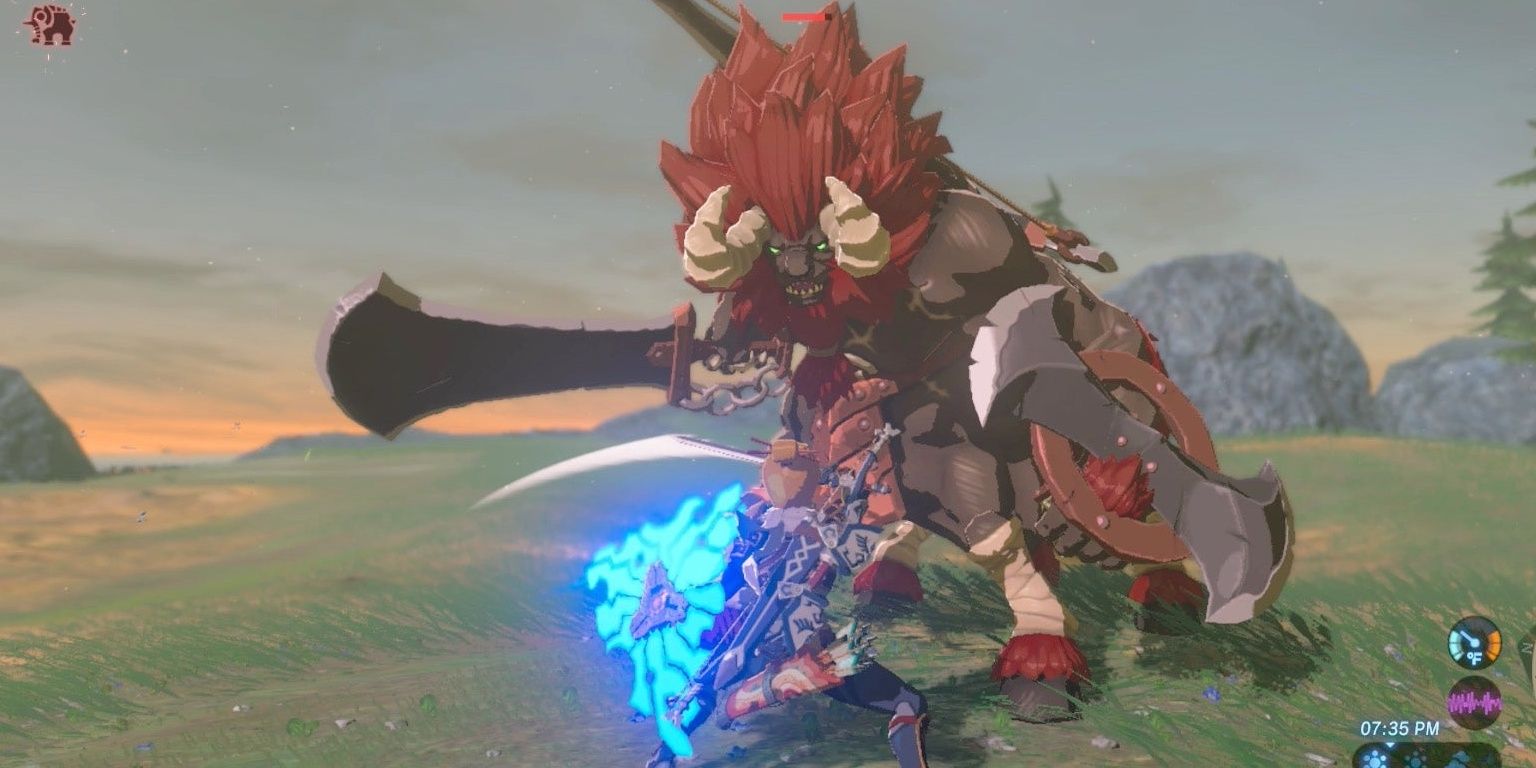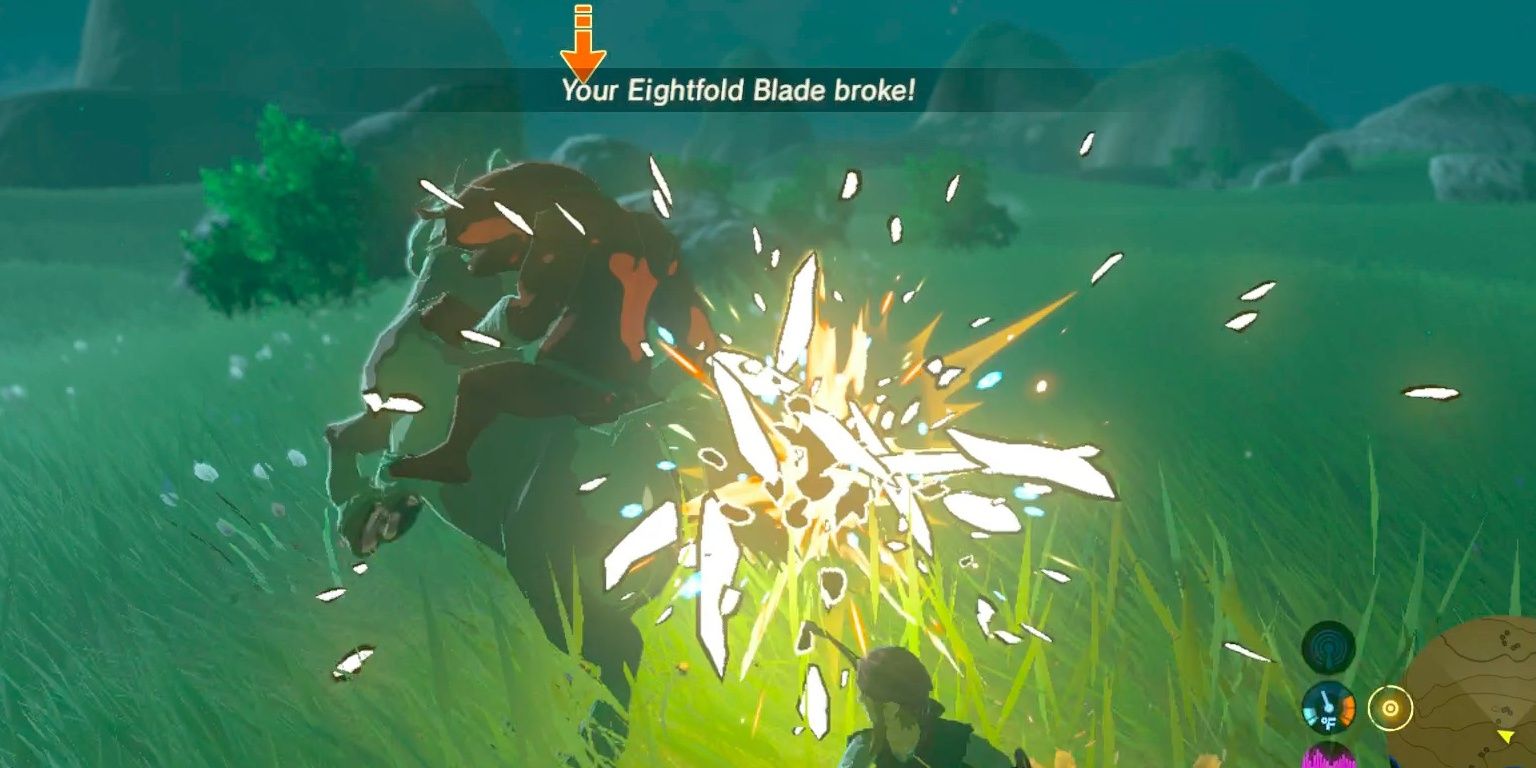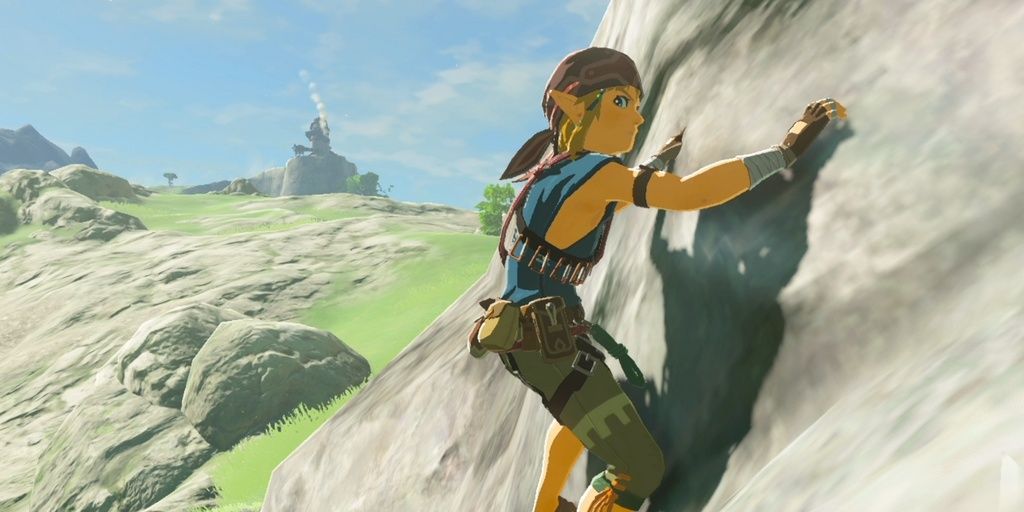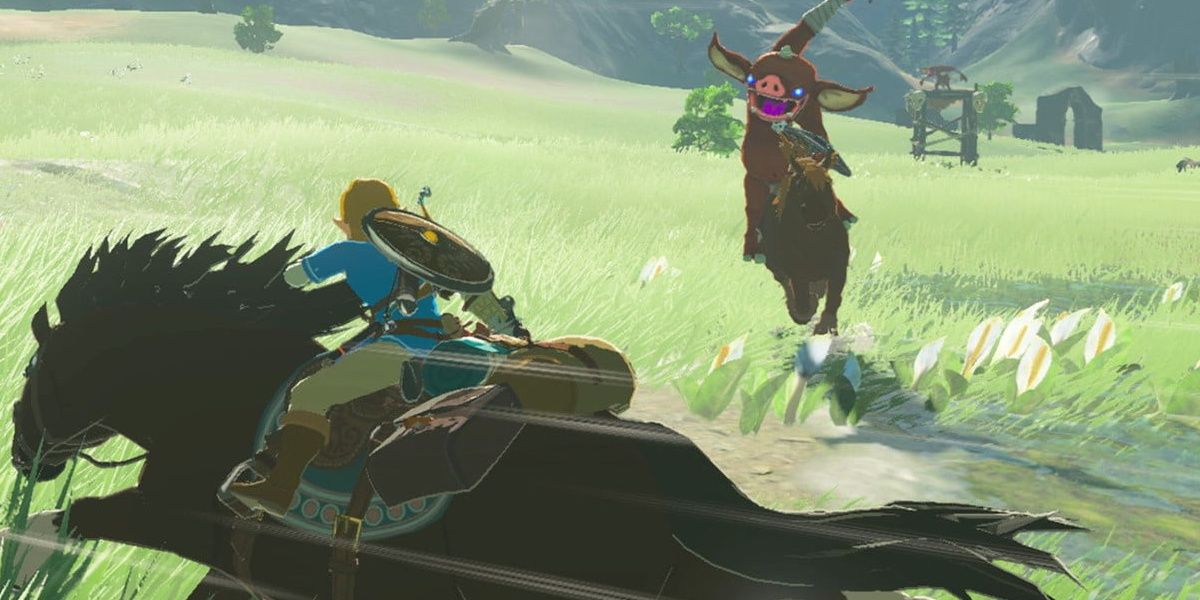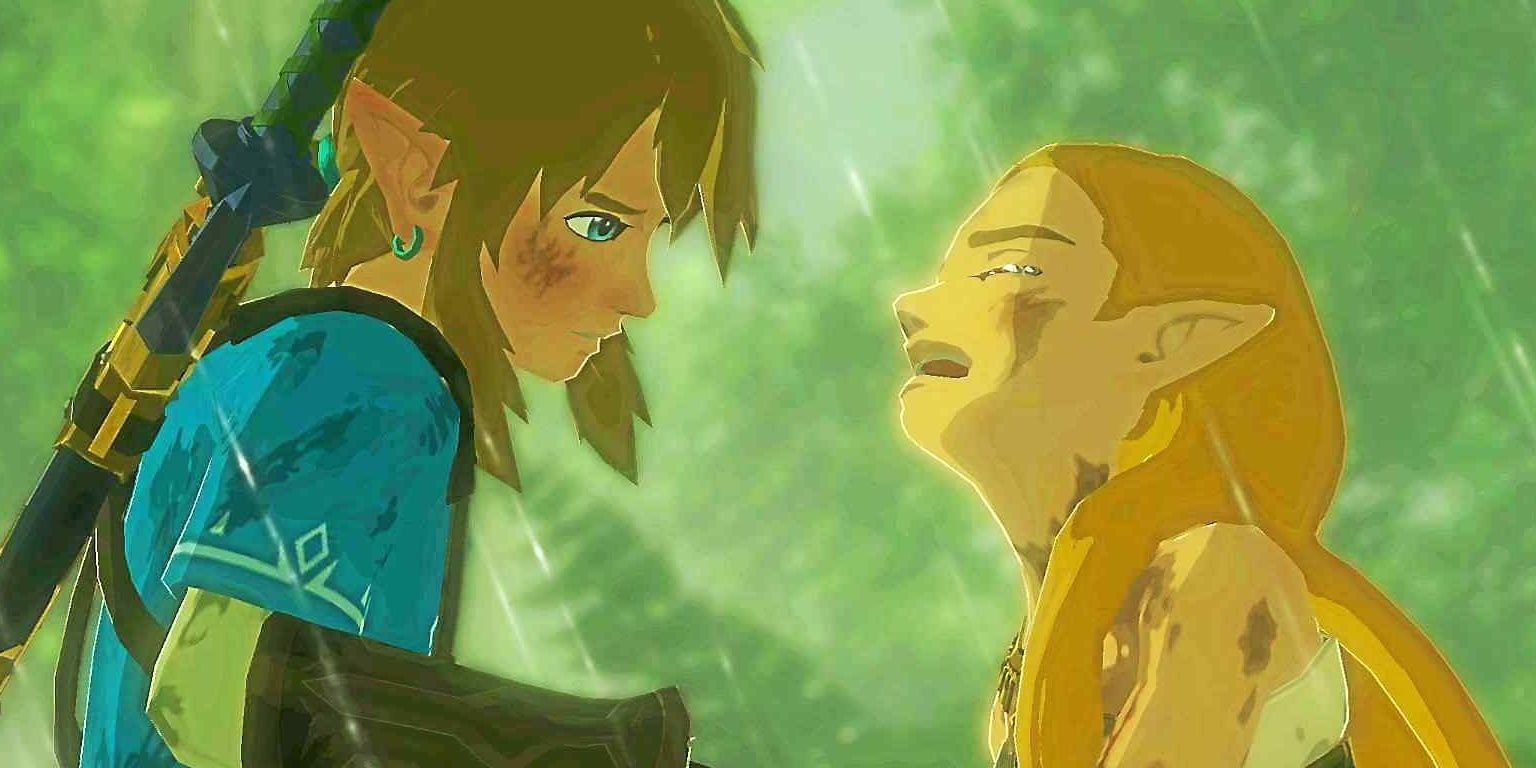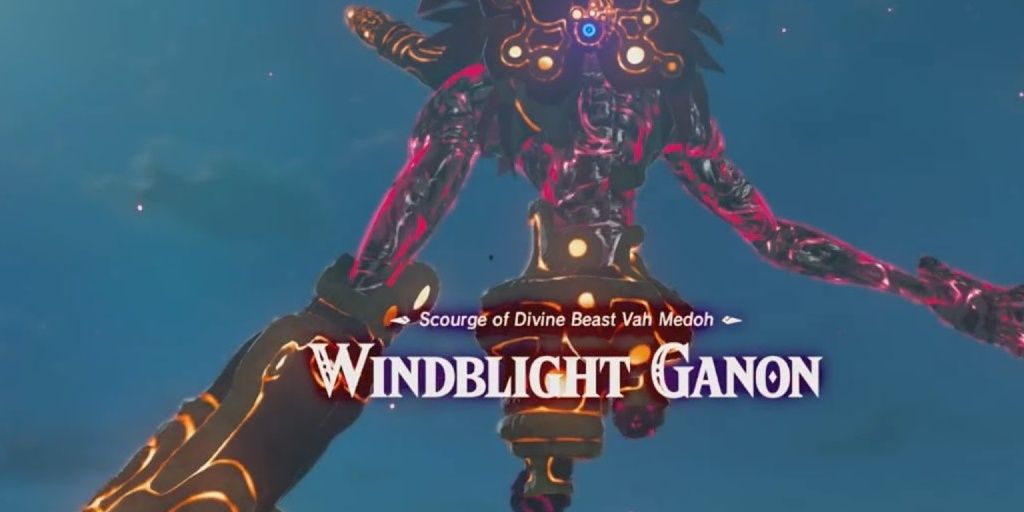When The Legend of Zelda: Breath of the Wild released in 2017, Nintendo granted millions of Zelda players a new dimension of freedom. Nintendo's masterpiece ushered in a new era of exploration and survival in the Zelda series. The new features of Nintendo's Switch title included HD rumble, JoyCon motion controls, and even handheld play.
However, not all was perfect in the realm of Hyrule. Even Link's prettiest and most beautiful adventure to date featured new flaws. While Breath of the Wild undoubtedly excels in aesthetics and combat, read our list to see what players loved and disliked most about the game.
10 Loved: The Gorgeous Visuals
Without a doubt, Breath of the Wild is one of the most beautiful games in existence. The cel-shaded art style echoes a callback to Wind Waker while utilizing a more contemporary anime aesthetic. The lighting and shadowing features are second to none.
Among the wonderfully detailed characters and enemies, each landscape featured at all points during day and night, portray beautiful lighting effects. Climb up any mountain in Hyrule, and you will see nothing but gorgeous landscapes for miles.
9 Hated: The Lack of Enemy Variety
Unfortunately, much of Hyrule features Bokoblins, Lizalfos, and Moblins. While you'll fight the occasional Octorok, Guardian, Keese, or Hinox, many of Link's classic enemies remain nowhere to be seen. Even the Stalfos skeleton enemies are just texture swaps of the former creatures.
Past Zelda titles featured Wallmasters, Floormasters, Like-Likes, Gibdos, Redeads, Kargarocs, and much more. While the fights with Lynels are nothing short of epic, Breath of the Wild may very well have the smallest pool of enemies in the series. Players want more types of enemies to combat in the game.
8 Loved: The Shrines
These puzzles were essentially mini-dungeons, replacing the classic labyrinths of games passed. You could solve puzzles and earn treasure and rewards, and some of them even featured mini-boss fights against Guardians.
The Shrines featured a cool blue aesthetic. You could feel a futuristic world embedded in their design. Each Shrine focused on a different approach and offered new ways to challenge you. Players who cleared all 120 shrines were awarded with the Tunic of the Wild, which features Link's classic green tunic designed for this game.
7 Hated: The Lack of Dungeon Variety
As with the enemies, the dungeons themselves did not differentiate themselves well outside of the puzzles. All of them took place within a colossal machine and featured strong level design mechanics. However, even despite their length and the depth of their puzzles, these stone-walled constructions did not replace the experience or aesthetic of entering dungeons from past Zelda games.
Gone is the mystique of the Forest Temple, Swamp Palace, Thieves Town, or Ikana Castle. The aesthetics largely feature stone, Guardian enemies, and even venturing outside the dungeon in order to flip the insides. While this offered a new experience, nothing beat the aesthetic and thematics of the previous games' dungeons. Here's hoping the sequel will address the dungeon designs.
6 Loved: The Combat
Breath of the Wild excelled in terms of combat. Perhaps it has some of the single best combat of any game ever released. Link's skills included sword techniques, the ability to parry, and even slow time.
Not only were players given a variety of epic skills and weapons to fight with, but some of the best fights came against huge monsters. Lynels and Hinoxes offered a great challenge for the player, as well. Players could even steal from the latter for rare items. Plus, the Guardians gave players a new level of fear unprecedented for the Zelda series.
5 Hated: The Weapon Durability
Despite the love of weapons the players have, whatever they were attached to would eventually break. While this introduced a realistic and more challenging approach to the game, it also came with its own flaw. Once they shattered, the weapons were gone for good.
Players who loved unlocking Biggoron's Sword via amiibo would have to summon another one. However, it was purely by chance that they would get one over whatever the treasure boxes would randomly drop. Players had to take special care not to let their prized weapons break during battle, making them even more vulnerable.
4 Loved: The Exploration
In terms of exploration, Breath of the Wild is second to none. The ability to scale literally any mountain in the game alone speaks volumes above any game released before it. You could explore any of these landscapes to find Rupees, Koroks, Shrines, side-quests, or even just a beautiful new vantage point to gaze at the scenery with.
Breath of the Wild's Great Plateau alone was larger than Hyrule Field's map in Ocarina of Time. Each area was massive and filled with rare items, weapons, and enemies to fight. Uncovering the full map was perhaps the game's biggest reward.
3 Hated: That There Wasn't Enough Music
Zelda was always renowned for its music. The fantastic soundtracks and catchy tunes ring in the heads of millions of players today. However, Breath of the Wild could always use more tracks.
While it featured catchy and engaging tunes, such as Sidon's theme, the boss themes, or the Vah Ruta battle, much of the overworld felt empty. You could hear ambient piano notes or even a Zelda theme remix when riding on horseback. However, it didn't quite resonate with players like hearing a constant melody while playing.
2 Loved: The Story
Breath of the Wild's wondrous narrative introduced voice acting for the first time. Featuring Link's lack of memories, his attempt to remember Zelda, the Hyrule King's tragedy, and Zelda's struggle, players set off into Hyrule in order to save the world once more.
In addition to solving everyone else's problems, Link would see flashbacks of his past. Some of these featured tragic outcomes. While nothing has yet to top Majora's Mask level of darkness, Breath of the Wild manipulates players' emotions with its beloved characters and wondrous narrative.
1 Hated: The Lack of Boss Variety
Similar to the lack of enemy variety, the lack of boss choices meant facing various Ganon spawns. That is to say that each boss was in fact offshoots of the true antagonist, Calamity Ganon, split off into forms of various beasts.
As mentioned before, this approach makes some sense given the story's context and the approach Nintendo took. However, it also stripped the variety of fighting bosses like Barinade, Morpheel, Helmaroc King, and Twinmold. Hopefully in the sequel, Nintendo will consider returning to more original boss designs.

